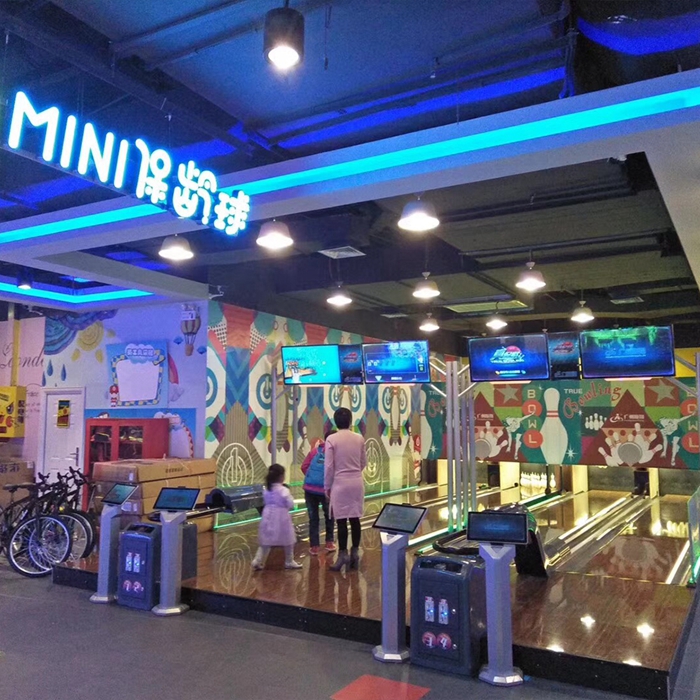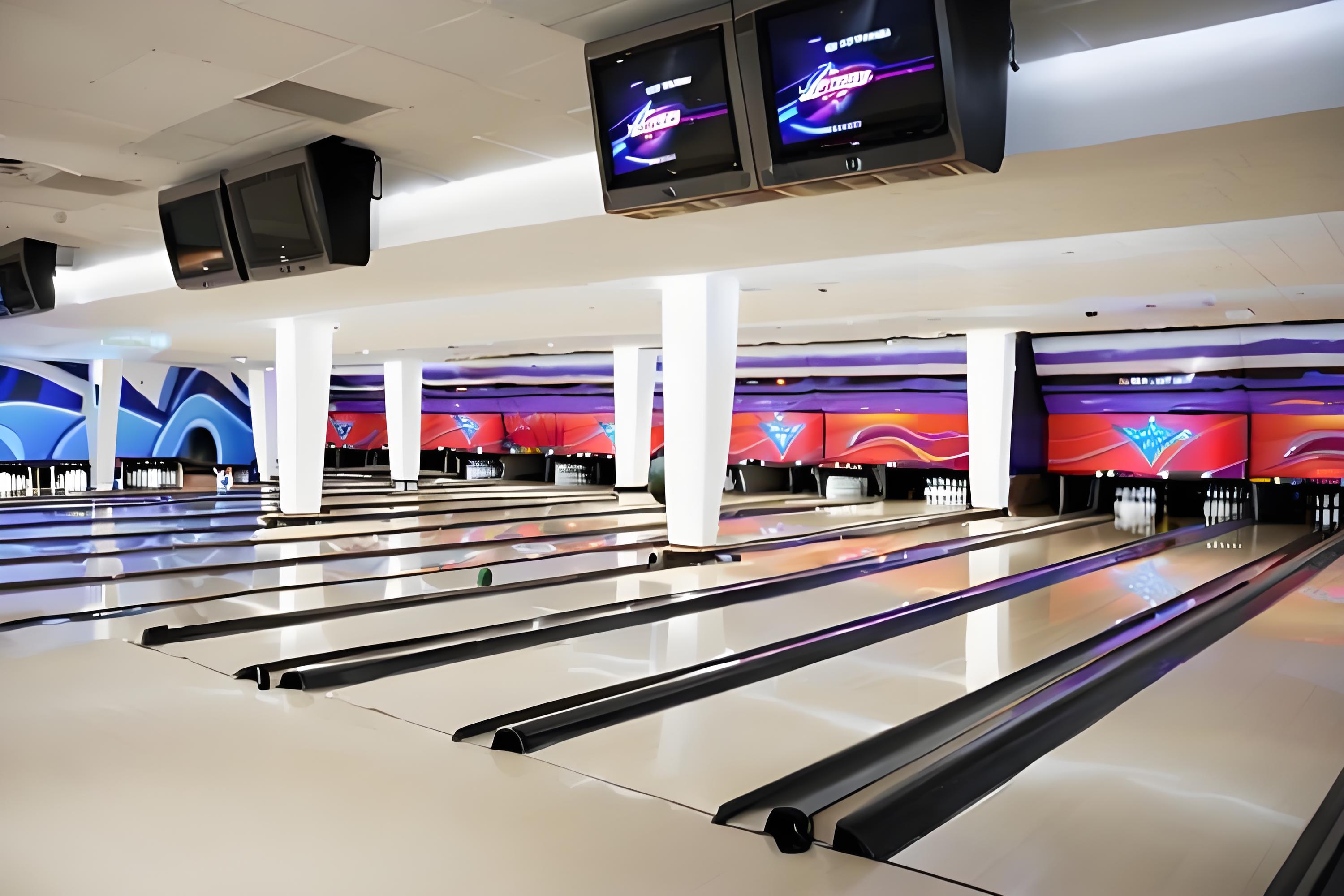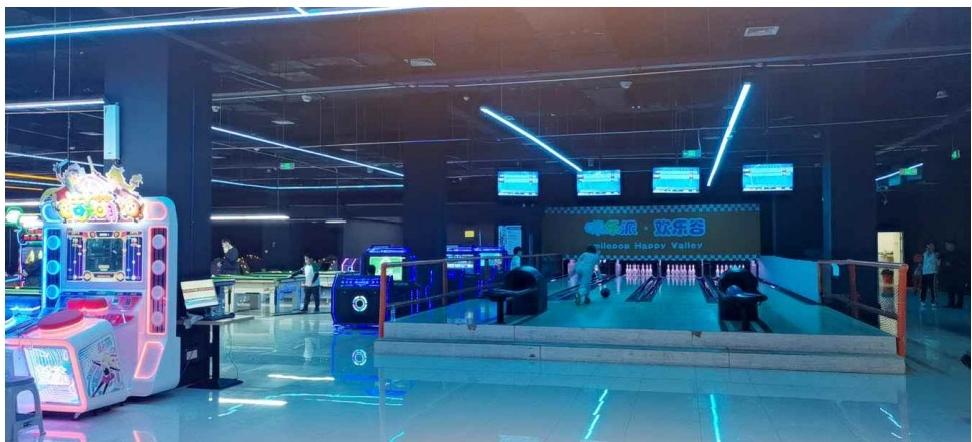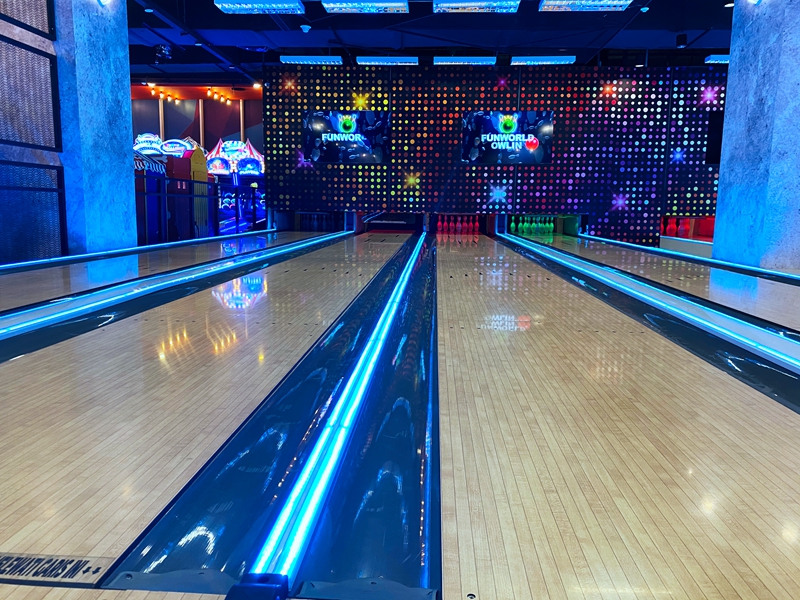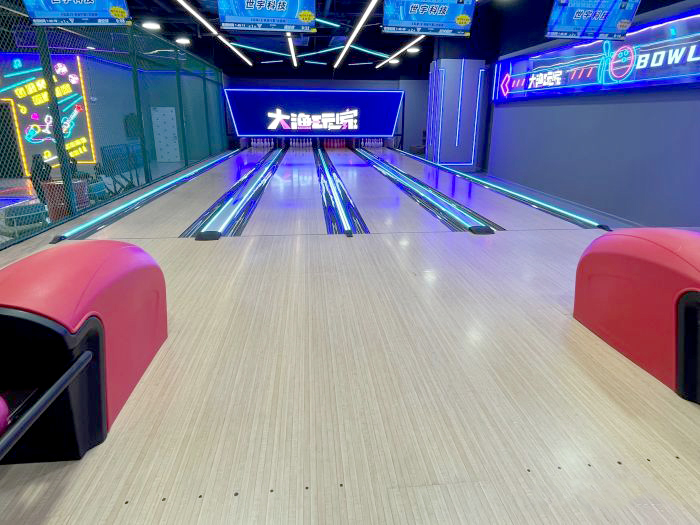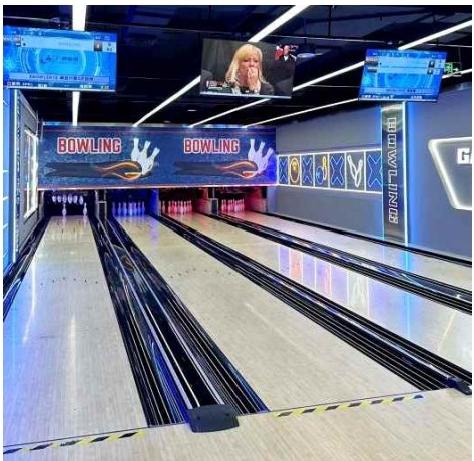How does Mini Bowling help children develop physical coordination?
Classification: Blog Time:24-09-20 Views:127
In today’s digital age, children are increasingly immersed in front of electronic screens, resulting in less time spent outdoors, and the problem of physical coordination development has received increasing attention. Fortunately, mini-bowling, as a fun and challenging sport, is gradually becoming a good partner for children’s healthy growth. It not only allows children to spend time laughing, but also effectively promotes their physical coordination development.

1. Improve muscle strength and endurance
Although mini-bowling is small in size, it requires players to concentrate their strength when throwing and accurately control the muscles of their arms, wrists and even the whole body. In the process of repeatedly practicing throwing movements, children will gradually strengthen the muscle strength of their upper limbs, waist and legs, which will be of great benefit to their future sports activities and daily life. At the same time, continuous playing time also trains their muscle endurance, making them more comfortable in long-term activities.
2. Improve body coordination and balance
The throwing process of mini-bowling requires children to accurately control the balance and coordination of their bodies. From the preparatory stance to the moment of throwing, each step requires children to concentrate, adjust the body’s center of gravity, and ensure the perfect combination of power and direction. This exercise not only trains children’s visual-spatial perception skills, but also improves their body coordination and sense of balance, laying a solid foundation for them to participate in more complex sports activities in the future.
3. Build flexibility and reaction time
Mini bowling games are often accompanied by rapidly changing scenes and challenges that require quick reactions. Children are constantly practicing their agility and reaction time as they watch the lanes, judge the wind direction, and adjust their throwing strategies. This training is essential to improving children’s emergency response skills and mental agility, helping them to be more agile in responding to various emergencies in everyday life.
4. Cultivate teamwork and social skills
Although mini-bowling can be played as an individual project, it is more often a stage for children to work together, compete and encourage each other. In the game, children need to learn to communicate and cooperate with their teammates and develop strategies together. At the same time, they must learn to respect their opponents and accept challenges. This experience not only deepens friendships between children, but also cultivates their teamwork spirit and social skills, laying a good foundation for their future social lives.

In conclusion, as an entertaining and educational sport, mini-bowling can not only provide endless fun and challenge for children, but also effectively promote the development of their physical coordination. Mini-bowling is becoming the preferred partner for the healthy growth of more and more families and children by increasing muscle strength and endurance, improving body coordination and balance, promoting flexibility and reaction speed, and cultivating teamwork and social skills. Let’s work together to encourage kids to get out of the house, pick up some mini bowling, and enjoy the happiness and growth that sport brings!

